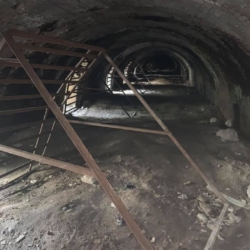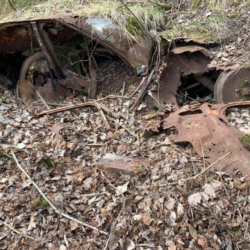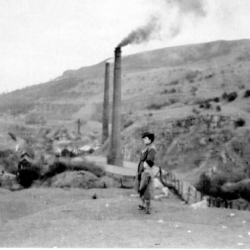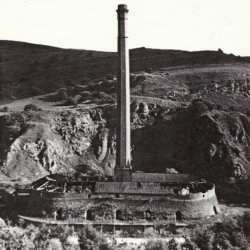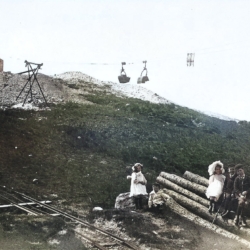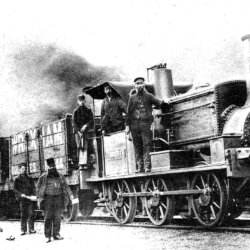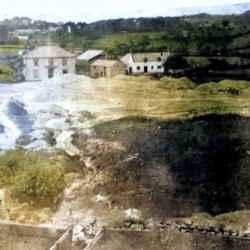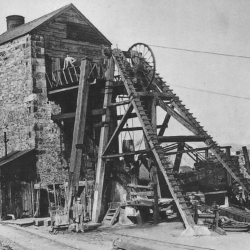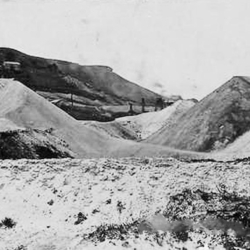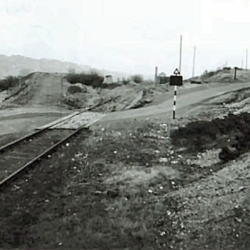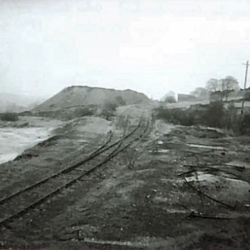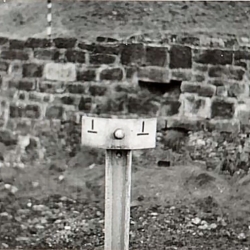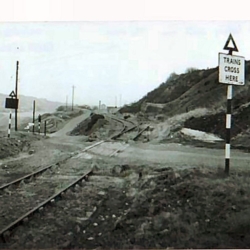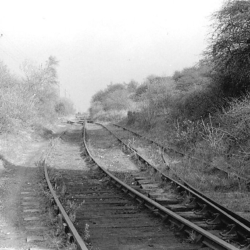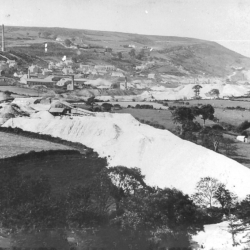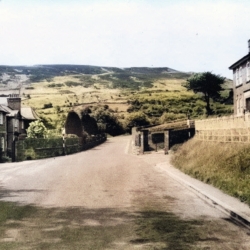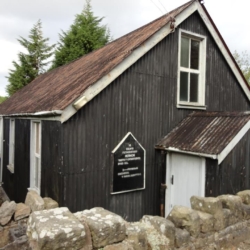The name “Minera” is derived from the Latin word “minera”, meaning mine or ore, which reflects the village’s historical significance as a mining centre. The area has been known for its lead and zinc mining activities for centuries, and its development is intricately linked to these industries. The village and surrounding area also have strong ties to agriculture and limestone quarrying, which were important in shaping its landscape and economy.
Mining activity in Minera dates back to the Roman period and possibly even earlier. The area’s natural geology, particularly its rich deposits of lead and zinc, attracted miners for centuries. The Romans are known to have exploited mineral resources throughout Wales, and Minera’s lead deposits likely contributed to their local economy. However, it was during the medieval period and later, during the early modern era, that Minera became more formally associated with mining activities.
By the 17th century, lead mining in Minera had become well-established, and the area was recognized for its significant mineral wealth. Mining was carried out through small-scale operations, often by local families or small groups. These early mining efforts were relatively rudimentary, with miners extracting ore from surface deposits and shallow pits.
The 18th and 19th centuries were pivotal in Minera’s history, as the village became a centre of industrial activity. The Industrial Revolution dramatically transformed the scale of mining in North Wales, and Minera was no exception. Advances in mining technology, including the introduction of steam engines and improved smelting techniques, allowed for deeper mining and more efficient extraction of lead and zinc ore.
The Minera Lead Mines became a major operation, attracting workers from nearby towns and villages. As the demand for lead grew, driven by its use in construction, pipes, paints, and ammunition, Minera’s mines expanded. The area became a hive of industrial activity, with miners, smelters, and other workers contributing to the growing lead industry. Smelting works were established to process the lead ore locally, adding to the industrial infrastructure.
At its height in the 19th century, Minera was home to one of the most significant lead mining industries in North Wales. The mines were operated by various companies, with the most notable being the Minera Mining Company, which ran extensive operations in the area. The company constructed engine houses, pumping stations, and tramways to transport the ore, transforming the village and its surrounding landscape into an industrial hub.
In addition to lead mining, Minera also became known for its lime quarrying industry. The area’s rich deposits of limestone were quarried for use in construction, agriculture, and industry. The Minera Limeworks, established in the 19th century, became an important local employer and was located close to the village. The lime produced was used to make lime mortar for building and to improve agricultural soil quality.
The limeworks operated alongside the lead mines, contributing to the broader industrial landscape of the region. A kiln and tramway were built to transport lime from the quarry to Wrexham and beyond, and remnants of these structures can still be seen today.
The mining industry in Minera began to decline towards the end of the 19th century. Lead prices fluctuated, and the richest and most easily accessible ore deposits had already been exhausted. By the early 20th century, many of the mines had closed, and the focus of the local economy shifted away from mining. The closure of the mines led to a gradual depopulation of the area, as workers sought employment elsewhere.
The decline of the Minera Lead Mines marked the end of an era, but the village retained its rural character and transitioned back to a quieter way of life. Agriculture once again became the dominant economic activity in the area, although remnants of the mining industry remained a visible part of the landscape.
Minera


